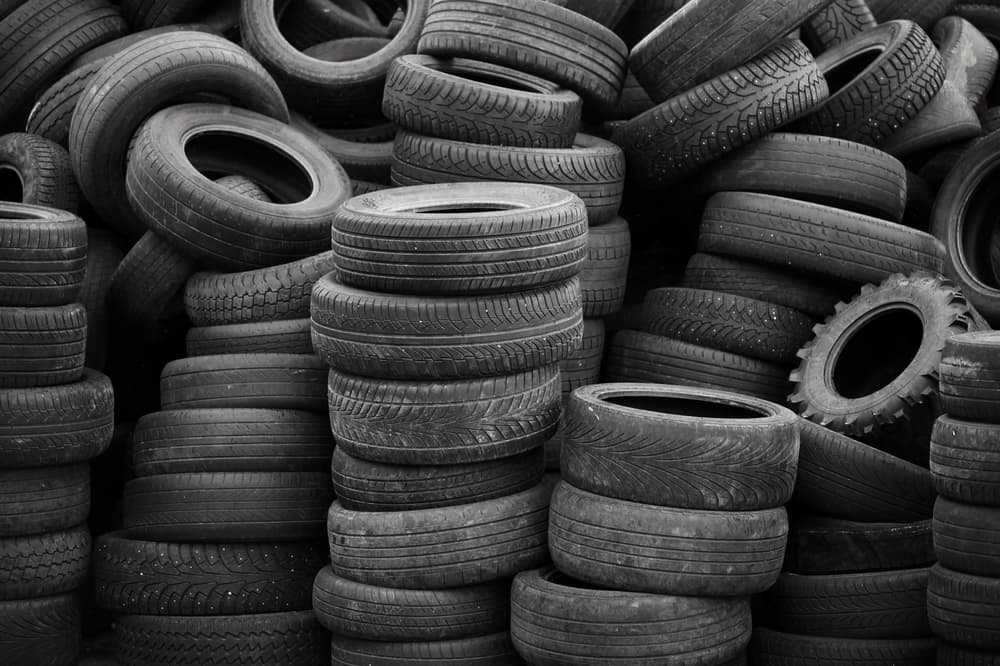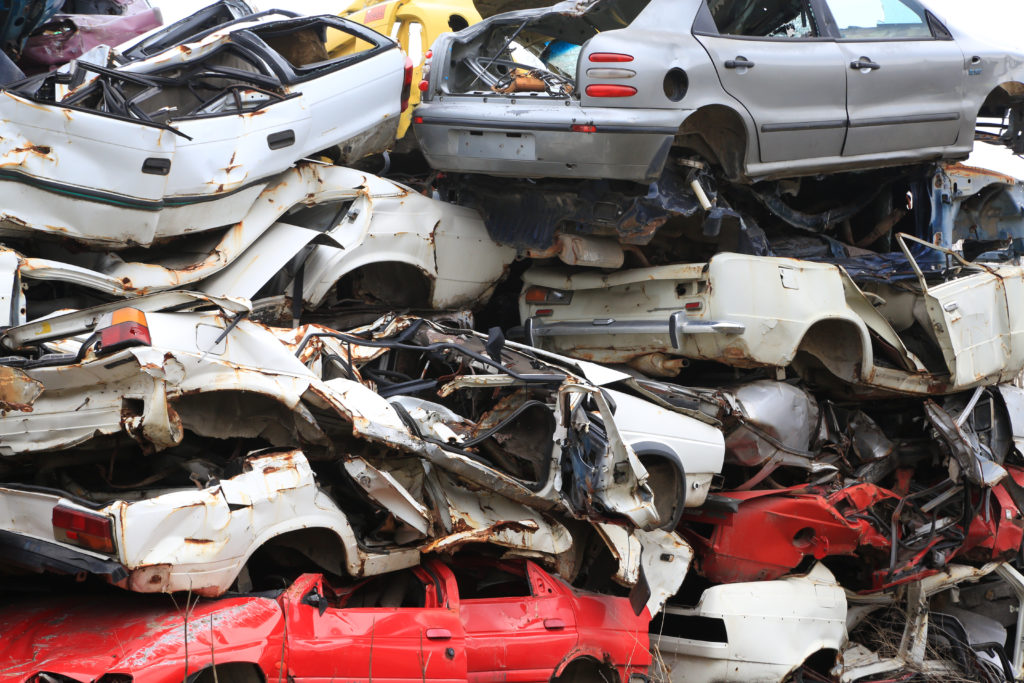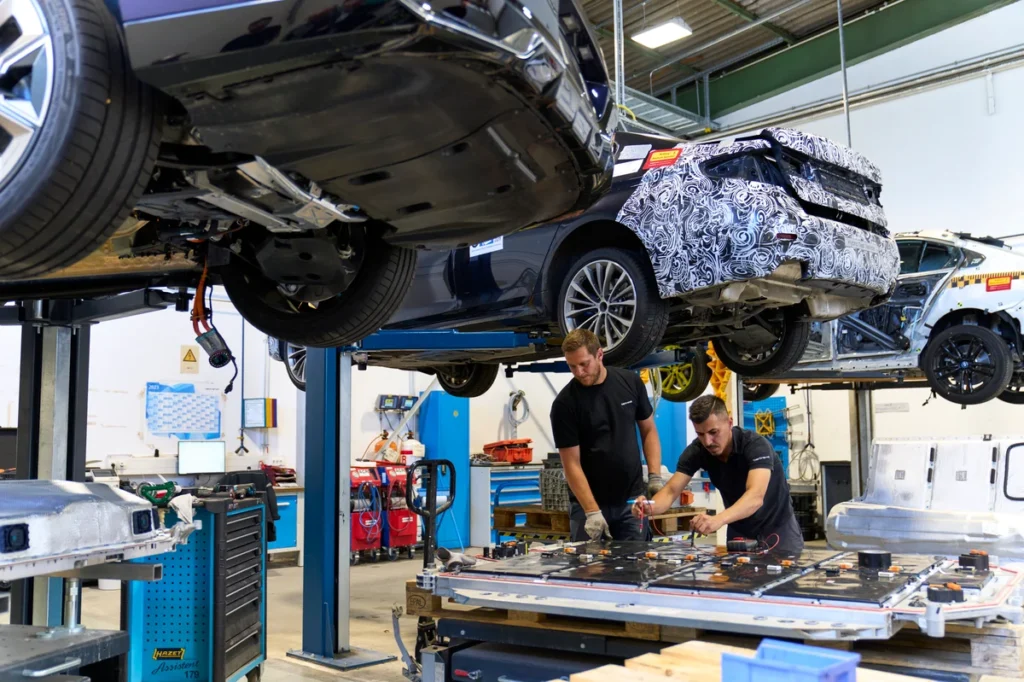The updated Tyre-Derived Rubber Materials (TDRM) protocol, unveiled by the Tyre Recycling Association (TRA), will accompany the existing PAS 107:12 specification covering the manufacture and storage of size-reduced tyre-derived materials.

The TDRM protocol applies only to tyre recyclers that are manufacturing and storing size-reduced tyre-derived materials – and provides additional information on off-site storage guidance and the limitations to material sizes.
The update was carried out in cooperation with the Environment Agency, and has also been endorsed by the Northern Ireland Environment Agency and Natural Resources Wales.
According to TRA, the protocol will identify the point at which tyre waste has been fully recovered, and may therefore be regarded as a non-waste product that can be used without the need for waste management controls.
The organisation hopes the new standard will encourage sustainable tyre recycling, ensuring market recognition of tyre-derived materials and maximising its value in the future.
Certification
In order to achieve certification under the scheme, companies must first prove the materials have been produced using only source-segregated waste tyres, and that they meet the requirements of PAS 107, engineering standards and any additional requirements specified by the customer.
Companies must also be able to prove the materials were produced using ‘ambient or cryogenic processing technologies’, and have been processed in accordance with a pre-determined size category.
TRA – which already manages the UK tyre industry’s Responsible Recycler Scheme – will certify compliance with the protocol through its existing audit process.
Certified companies will be allowed to use the ‘certified recycled’ tyre product mark on their websites, letterhead and product material as well as display the TRA quality assurance badge.
[testimonial id = “142” align=”right”]
Commenting on the protocol update, TRA secretary general Peter Taylor told letsrecycle.com the changes would bring ‘real benefits’ to its members – particularly those involved in size reduction of end of life tyres.
Challenge
Mr Taylor said: “The challenge is to better valorise these materials and that’s not just a challenge for the UK but right across Europe and beyond. I think there is quite a long way to go but there are signs these things are improving. But tyre recovery is a volatile and not very stable market.”
The protocol update comes ahead of a challenging year for the end of life vehicle industry (ELV), with the government raising the statutory recycling target from 85% to 95% in 2015.
In 2012, the sector recorded a total reuse and recovery rate of 88.1% – but the Department for Business, Innovation & Skills (BIS) conceded that raising the bar further would prove a ‘significant’ challenge for recyclers (see letsrecycle.com story).
Mr Taylor added: “I think we all should be hoping to move up the waste hierarchy. Export has undermined our ambitions on this issue but now the oil prices are dropping again the use of tyres as a fuel should become less attractive.
“We are not going to achieve markets in recyclate or provide the right environment if we are not sustainable in the way we deal with our end of life waste.”
- The challenges of implementing end of waste criteria in the UK will be discussed at the End of Waste Conference in London on January 21 2015. For more information please click here.








Subscribe for free